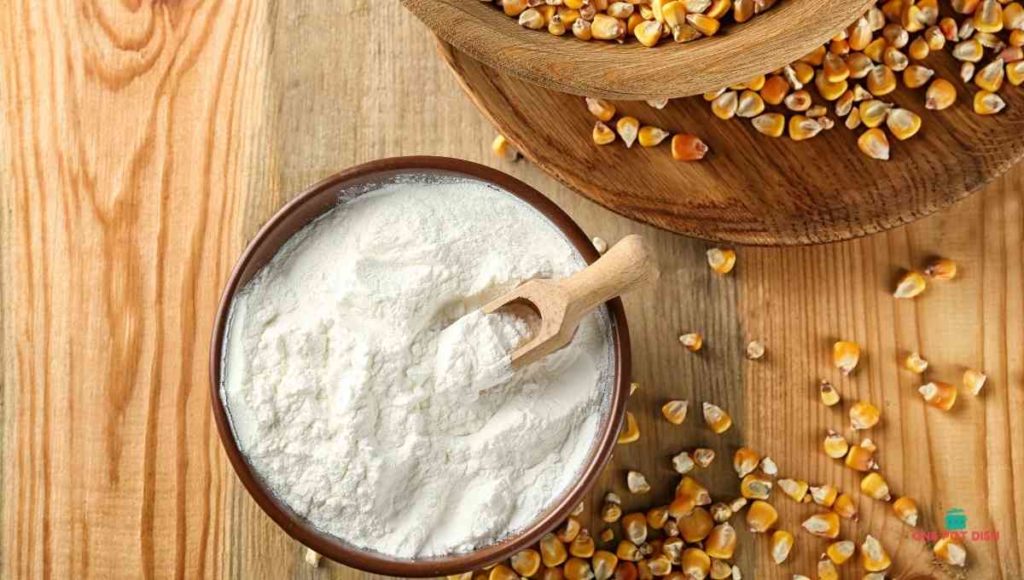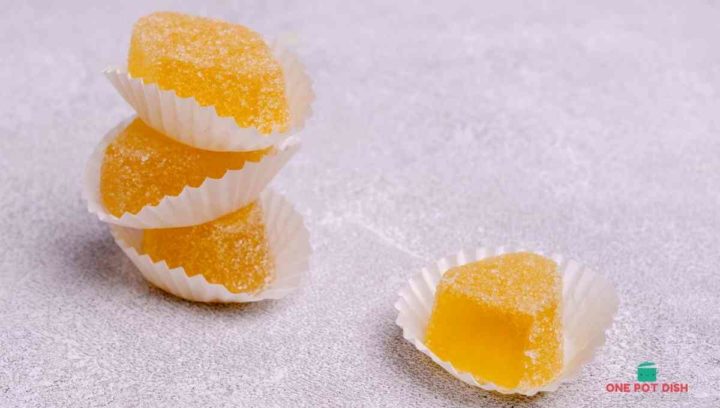Agar is an essential ingredient for making desserts like jellies. Find out what other ingredients are used as agar replacements and why they work so well!
Known for being a vegan-friendly gelling or thickening agent, agar powder is made from processed seaweed and is commonly used in dessert recipes such as puddings, custards, mousses, jellies, candies, ice cream, and cheesecakes.
This powder uses agar as its star ingredient to enhance gluten-free baking and dessert recipes by providing viscous and elastic properties to dough and batter. Not only that, but it can also reduce the chances of your goods to stale while also extending their shelf lives. Pretty neat!
Agar powder, unfortunately, is not an accessible nor a widely used ingredient.
You May Also Be Interested In
So, if you’re in a tight pinch and need agar powder as soon as possible, you’d have to substitute it with gelatin, cornstarch, xanthan gum, guar gum, arrowroot powder, pectin powder, and carrageenan.
Read further to find out the 6 best substitutes for agar powder:
Gelatin
It makes sense for this substitute to be your number one go-to when agar powder is mostly used for recipes requiring gelatin as well. Gelatin is easy to find and equally easy to use in the kitchen, you can never go wrong!
Gelatin has the ability to take on the color and flavor of whatever substance it’s dissolved into, making it a versatile gelling agent for sweet and savory dishes.
Guide To Using Gelatin
To use as a thickener, add 1 envelope, or equal to 1 tablespoon, of gelatin into 2 cups of cold liquids and then thoroughly mix. Increase or decrease the liquids you used according to your desired consistency.
When using unflavored gelatin with sugar, make sure to mix the sugar and gelatin first before dissolving into other mixtures. Never fully boil gelatin mixtures or else you’ll get none of their thickening properties.

Cornstarch
You can never go wrong with this kitchen staple. Cornstarch is commonly used as a thickener for soups, sauces, marinades, casseroles, stews, and gravies. It is also gluten-free and can be used for vegan dishes and fried foods such as chicken wings.
When used in baking, it acts as thickening agents to pie fillings, puddings, cakes, and cookies. It adds a tender but crumbly texture to your desserts. It also has anti-caking agents that are used to absorb moisture in food and avoid potential spoilage and clumping.
Guide To Using Cornstarch
You have to make a slurry by mixing cornstarch with a cold liquid. After doing so, you can add the slurry to a recipe that is already at room temperature, otherwise it may cause clumping. Remember not to refrigerate any sauces and soups that have cornstarch in it or else they’ll turn out lumpy.
Xanthan Gum
Another gluten-free substitute, xanthan gum is a kitchen must-have that is widely available and easy to use in a variety of recipes that need thickening agents from baked treats such as fluffy cakes and flatbread to dressings to sauces.
Xanthan gum has a neutral flavor which makes it fun to mix in cuisine without changing the overall flavor of your dishes. It also acts as a stabilizer, adding a smoother, creamy texture to ice cream and sauces.
Guide To Using Xanthan Gum
Generally, it is recommended to use not more than 1 tablespoon of xanthan gum for gluten-free dishes. Adding too much will make your baked products gummy and sticky.
When using as an additional ingredient in foam, thicken xanthan gum with the liquid using a blender, whip it, and viola! You have xanthan gum foam for a unique twist in your recipes.
Guar Gum
A versatile ingredient that works to emulsify, secure, and thicken recipes, guar gum is great for gluten-free baked products, thickening sauces, and improving the texture of frozen treats while also lengthening their shelf lives.
A little goes a long way so use only a small amount of guar gum because overdoing it will ruin the texture of your baked goods by making them bulky and stringy and also adding too much fiber to your nutritional diet.
Guide To Using Guar Gum
When using as an agar powder substitute, use only half a tablespoon per cup of agar powder you typically use. For hot recipes, use only 1 to 3 teaspoons per quart of liquid while for cold dishes, use 1 to 2 teaspoons.

Pectin Powder
If you want to keep it all-natural, use pectin powder as a substitute for agar powder. It is made by extracting from dried fruit such as apple pomace, plums or citrus rinds. It acts as a thickening agent perfect for your baked recipes.
Pectin powder is used for jellies and jams, confectioneries, puddings, flavor emulsions, glazes, marmalades, and cold-setting flans.
Guide To Using Pectin Powder
Thoroughly and quickly dissolve pectin powder into cold liquid to not risk the formation of gel lumps that will ruin your finished products. Blending or combining with other soluble powders is also recommended for the best results.
There are 4 common types of pectin powder to look out for, depending on what you’d use them on:
- High methoxyl (HM) pectin – jams, fruit preserves, jellies
- Low methoxyl pectin (LM) – dairy-based dishes with little to no sugar needed
- Apple pectin – jams, preserves
- Pectin NH – fruit glazes and fillings
Carrageenan
Another plant-based substitute for agar powder, carrageenan is made from sustainably grown and harvested red seaweed that works as a thickener and stabilizer for a variety of dishes. Not only does it amp up the texture, it also improves the taste and appearance of food and beverages.
Carrageenan is used in making nut and soy-based milk, nutritional protein shakes, yogurts, deli meats, popsicles, burritos, ice creams, beer and pizzas. It comes flavorless so it’s a pretty versatile ingredient.
Guide To Using Carrageenan
Find out the different types of carrageenan and for what dishes are they best to use:
- Kappa carrageenan is a strong gel used in dairy-based desserts or cheeses that need to be firm.
- Iota carrageenan is better used for softer recipes such as pudding and ice cream due to its elastic properties.
- Lambda carrageenan can be used in creamy products such as dairy-based desserts, salad dressings beverages, syrups, and sauces.